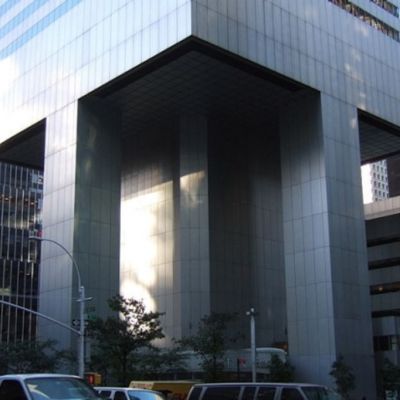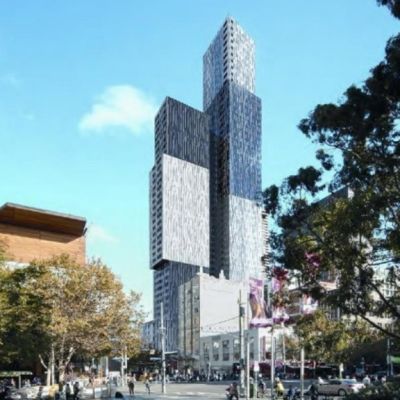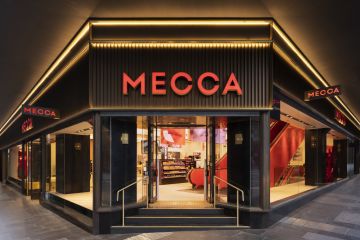Shortfall of the tall: most skyscrapers 'are crap pieces of design', expert says

A leading expert on tall buildings slammed 95 per cent of skyscrapers as “crap pieces of design” that he wouldn’t live in himself at a UNSW talk on Tuesday about the future of sustainable vertical living.
Major cities will become “unviable” if new high-rise designs continue to fail to provide residents with the space they need and the quality of home required in increasingly dense cities, warned Antony Wood, executive director of not-for-profit Council on Tall Buildings and Urban Habitat and associate professor at IIT College of Architecture.
His major complaints – dubbed the “shortfall of tall” – are the two main design approaches to skyscrapers in most cities across the world, including Sydney and Melbourne.
The first design issue is the monolithic block-style of skyscraper, such as the 1960s Seagram Building in New York.
This type of design seeks to squeeze as many apartments in as possible to make significant profits but thinks little of the lifestyles of those living in the building, Dr Wood said
While this was “appropriate for ’60s modernism … it was so successful commercially it was hijacked and supplanted in 10,000 places around the world” and had become the major model for apartment developments since.
The second issue was the overtly-sculptural approach to tall buildings, where skyscrapers are designed with the main aim of being iconic without any consideration of their appropriateness, leaving the city looking like a “zoo”.
Due to the standard of apartment buildings in Chicago, where Dr Wood lives, his family resides in a detached house. But he said he would absolutely choose to live in an apartment if the right utility was built in.
This utility would come through what he calls a “new vernacular” for developers and designers. This would include more focus on the physical characteristics of place, the local environment, the culture of the area, communal open recreation space with more vegetation, fewer glass facades and sky bridges.
Despite slamming almost all skyscrapers for not following these principles, there are some skyscrapers in Australia that are getting it right.
He pointed to Sydney’s 8 Chifley, Harry Seidler-designed 9 Castlereagh Street and One Central Park, as well as Melbourne’s Swanston Square Apartment Tower as stand-out examples of good design, fitting their context and meeting the needs of local residents and employees.
Overseas examples he approved of included Germany’s Commerzbank Tower, Japan’s NBF Osaki Building, England’s Leadenhall Building and China’s Pearl River Tower.
But the most visionary of all his ideas for rethinking skyscrapers was to reconsider the definition of a high-rise.
Most cities tend to provide services “horizontally”, with parks, retail, education and facilities provided on the ground while skyscrapers are dominated by residential apartments, commercial office spaces and hotels.
Instead, “we need to think three-dimensionally”, with public services and retail provided inside high-rises connected by skybridges.
While he said some would consider this too far out of the box, he thought it was “crazier” to have someone needing to travel 100 storeys to the ground floor of a building “for a pizza”.
“Bring all aspects of the city into the sky … consider a tall building as a piece of the city flipped vertically with public space and infrastructure up there too.”
Without doing this, he warned cities would strain under population growth and infrastructure attempting to service those in suburbia.
Having just completed a two-year study into densification compared with suburbanisation, he found on many measures, including energy consumption and overall quality of life, high-density and low-density lifestyles were similar.
But for infrastructure requirements – suburban households were 714 per cent less efficient than their urban counterparts when it came to the space needed for basic provisions of electricity, water and roads.
With populations soaring in capital cities across the world, Dr Wood said developers looking to “put up a skyscraper … and say job done” were not doing enough.
“We are so far from what density needs to become to deliver on potential,” he said.
Correction: The text has been revised to change Chifley Tower to 8 Chifley.
We recommend
We thought you might like
States
Capital Cities
Capital Cities - Rentals
Popular Areas
Allhomes
More
- © 2025, CoStar Group Inc.










